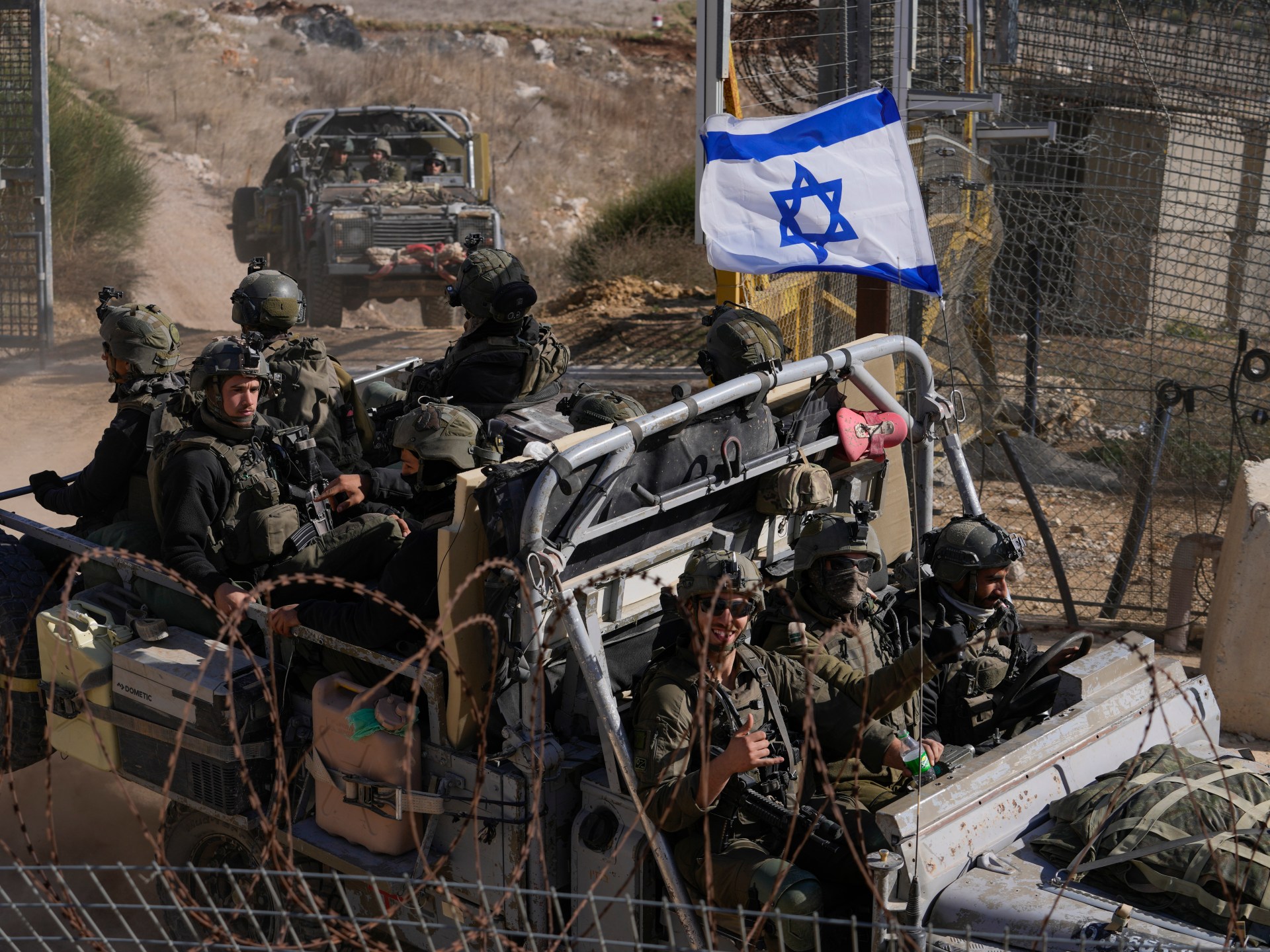EXPLAINER
Since the fall of the al-Assad regime, Israel has attacked Syria to deepen the occupation of the Golan Heights.
Among Israel’s recent violations of Syrian sovereignty, which include hundreds of air attacks, is its renewed encroachment into the Golan Heights – with tanks and illegal settlements.
The Golan Heights spread over 1,800 square km (700 square miles) and have been a flashpoint in the region for decades.
So what are they? What is Israel trying to do there?
Here’s what we know:
What are the Golan Heights?
The Golan Heights are in southwestern Syria, about 60km (40 miles) south of Damascus.
They are bordered by the Yarmouk River in the south and the Sea of Galilee (Lake Tiberias) in the west.
The Golan spreads over basalt rock with fertile land and vital water sources that feed the Jordan River and the Hasbani River, which flows from Lebanon through the Golan.
Who do the Golan Heights belong to?
The Golan Heights are part of Syria, as recognised by the United Nations.
However, Israel occupied the Golan during the 1967 War and currently controls 1,200sq km (463sq miles) of the western part of the region.
Almost immediately after Israel occupied part of the Golan, it started to build illegal settlements there.
A UN-monitored buffer zone separates Israeli-occupied territory from the remaining part that is still under Syria’s control.
Aren’t settlements illegal?
Yes, they are illegal.
And yet, Israel has built more than 30 settlements in the area, where more than 25,000 Jewish Israelis live.
And it is still signalling that it wants to build more.
Late on Sunday, the cabinet approved an $11m plan to enhance services to existing illegal settlements and to fund a plan to bring more settlers there.
This is not happening in isolation, as Israel is also attacking sites across Syria, claiming that it is doing so in “self defence”.
Are there any original inhabitants left in the Golan?
Sure, the Druze, about 20,000.
The Druze are an ethnoreligious community who live in Syria, Jordan and Lebanon and tend to keep to themselves.
When Israel invaded the Golan in 1967, it violently expelled most of the Druze who lived there.
Has Syria ever tried to take back the Golan Heights?
Yes, but without success.
During the 1973 October War, Syria tried to take back the Golan Heights but couldn’t.
In 1974, the UN got involved, deploying peacekeeping forces in the area after Syria and Israel signed an armistice.
The UN Security Council (UNSC) established the UN Disengagement Observer Force (UNDOF) the same year to maintain a ceasefire and create a buffer zone.
As of April, 1,274 UN personnel are deployed in the Golan Heights.
What’s the world’s position on the Golan Heights?
No country, other than Donald Trump’s United States in 2019, recognises Israel’s occupation of Syria’s Golan Heights.
A 1981 UNSC resolution opposed the occupation and declared Israel’s rule over the Golan “null and void and without international legal effect”.
The 2019 US recognition of Israel’s presence in the Golan still stands under President Joe Biden’s administration.
